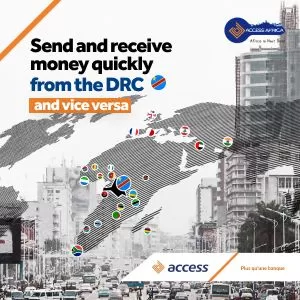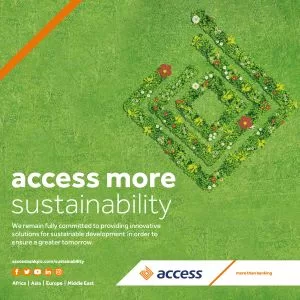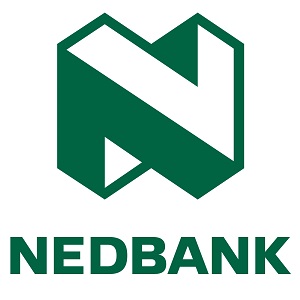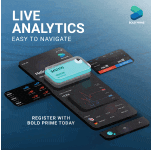Education
Boost Learning with Creative and Interactive Worksheets

Have you had enough of handing over traditional worksheets that bore your students’ eyes? Think about bringing those boring old paper exercises alive and turning them into vibrant learning adventures that have drawn in the mind and awakened the inquiry. Today, when it comes to creative and interactive, students love to interact with educational content.
The studies have proven that interactive worksheets can increase the post-test score up to 75.7% more than the traditional method, and therefore, these innovative tools are not a trend but are rebuilding the future of education. Now we will see how the powerful learning tools can make a great learning environment.
The Impact of Interactive Worksheets
The engaging worksheets are becoming of significant importance in education. Some studies have shown that these worksheets boost students’ performance and growth.
- Post-Test Scores: Post-test scores of students using live worksheet-based electronic student worksheets are 75.7, 42% higher, compared with groups receiving control worksheets, average of 66.7.
- Hands-on Learning experiences: Interactive worksheets facilitate the learning of the concepts with hands-on experience.
- Better Engagement: Interactive worksheets improve students’ physical engagement and cognitive skills
- Instant Feedback: This worksheet offers instant feedback to the students so that they can learn from errors immediately.
Best Practices for Designing Engaging Worksheets
Interactive worksheets encourage self learning and guide by offering students an opportunity to take ownership of their educational journey.
1. Align with Learning Objectives
In creating worksheets, one needs to ensure that all the content is directly aligned to what should be learnt and design purposeful activities that help meet the overall objective of the educational goals. To stimulate students through the learning process, the instructions and the learning targets should be prominent and clear.
2. Incorporate Various Learning Activities
Effective worksheet design includes acquisition activities for new knowledge, inquiry and discussion-based exercises that foster critical thinking, as well as collaborative learning prompts.
3. Ensure Accessibility and Inclusivity
For making truly accessible worksheets, designers must make sure that they have used clear and readable fonts with good spacing throughout the document. All images should also have alternative text in order to support visually impaired students who use screen readers. It should be inclusive of various assistive technologies and culturally diverse examples.
4. Include Assessment and Feedback Mechanisms
Formative assessment elements will help track student progress and understanding, and these elements should be integrated into effective worksheets. Self-assessment should also be offered by them, through which students can assess their own learning.
Types of Interactive Worksheets
There are many kinds of interactive worksheets. hese can include interactive PDFs, Google Forms with self-grading features, or worksheets that integrate with platforms like TeachSimple, which offers a range of educational resources.
1. Digital Interactive Worksheets
Digital interactive worksheets usually contain videos and animations to make the learning more clear. Some examples include elements in the audio as well as interactive graphics that keep students actively engaged. The learning experience is made more vivid and engaging due to these worksheets being embedded with dynamic content.
2. Online Quizzes and Games
Real time assessment is offered unique by those online quizzes and games. These elements include gamified learning elements to make students interested in it through fun challenges. Furthermore, these tools offer instant feedback mechanisms as well as progress tracking happening over time.
3. Virtual Tours and Simulations
The immersive learning experience is created through virtual tours and simulations through interactive scenarios. Typically, they include virtual laboratory experiments where students can experiment by hand. They facilitate the learning of the real world applications in a safe virtual space.
4. Interactive PDFs
Interactive PDFS are clickable elements that contain embedded resources which add value to the content. It is done for cross device compatibility that enables learners access the notes on the devices. The fact that these PDFs come with easy distribution makes it easy enough for both teachers and students to use.
5. Manipulative-Based Worksheets
Worksheets based on manipulative use hands on learning materials as well as physical objects to teach the concept. The tactile learning experiences of students assist in learning abstract ideas through direct contact. The mathematics often includes manipulation tools that encourage physical activity in order to understand.
6. Foldables and Cut-and-Paste Activities
Both foldables and cut and paste activities are visual learning aids that involve creative assembly activities and qualify as creative activities. They provide ways for physical involvement, students create models which instills an experiential learning into learning.
7. Interactive Notebooks
The interactive notebooks meld the formats of worksheets and journals on which students can experiment and express themselves creatively. Written in the personal space, they provide space for personal learning documentation as well as integrated reflection spaces to facilitate deeper understanding.
Effective Interactive Worksheets: Key Elements
1. Engagement Features
Interactive worksheets should be effective if they use relevant real-life examples that relate to the world that students live in. In the span of their class, they use thought-provoking questions and problem-solving challenges to develop critical thinking. The creative elements added only make the student more involved and interested in it.
2. Technology Integration
Appropriate digital tools with user-friendly interfaces are used to make successful worksheets and they have a suitable interface to make interaction smooth. All students are invited to participate because they prioritise technical accessibility.
3. Differentiation Strategies
Interactive worksheets are designed to accommodate diverse learners’ needs by having multiple levels of skill and different activity types. Variety is matched with variety with different learning styles and extension opportunities for students who want more.
4. Feedback Mechanisms
Good worksheets have immediate response systems, resulting in immediate feedback being provided to the learners. Also, they have tools to track development over time. There are further support for reflective learning in the form of self-assessment opportunities and peer review components.
5. Cultural Responsiveness
Culturally responsive worksheets involve content that is culturally diverse and use inclusive language. Some of them are multiple perspectives to make the material more understandable and more culturally sensitive.
The Bottom Line
To sum up, creative and interactive worksheets can boost learning most interestingly. Creative and interactive worksheets create an easy way for education to be engaging, hands-on and inclusive. Therefore, they enable understanding, they stir curiosity, and they encourage an active involvement. These tools—features such as instant feedback, real life examples, and cultural relevance—give students a place to explore, reflect, and grow.

















































